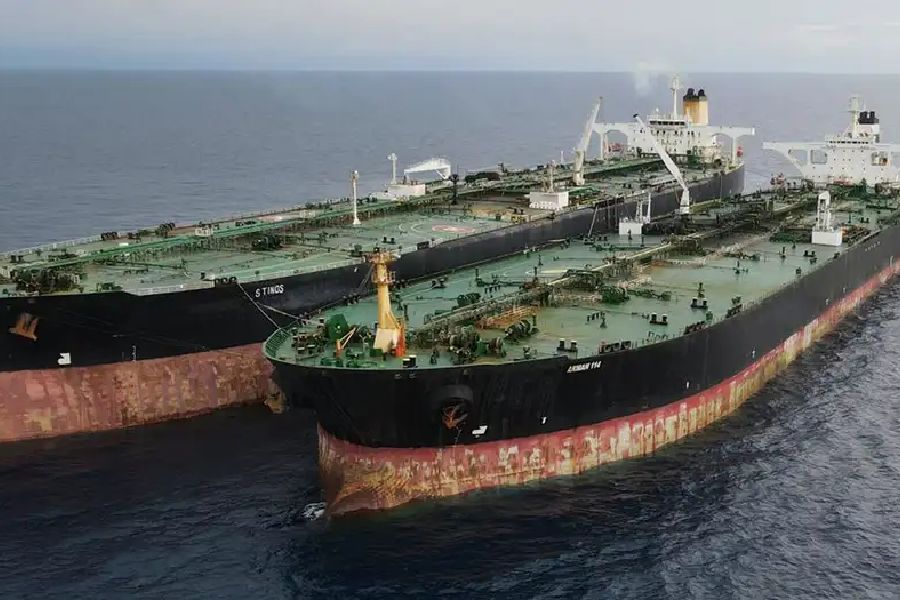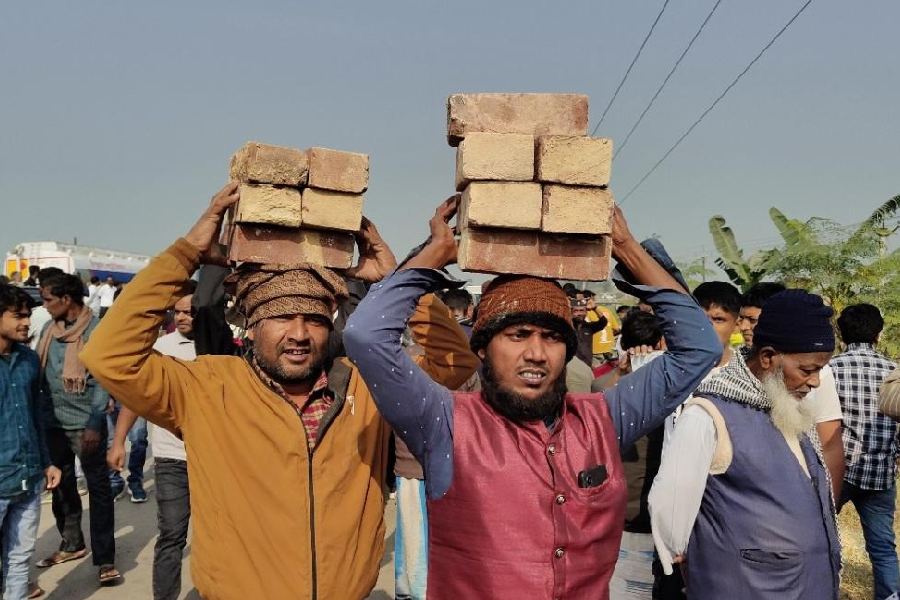The latest spike in US–Iran tensions has cast fresh light on one of the thorniest issues in Washington's efforts to rein in Tehran: Iran's oil exports to China — a vital economic lifeline — and the mounting difficulties the US faces in halting them.
Strains escalated last Thursday after the fourth round of US-Iran nuclear talks was abruptly postponed just days before they were set to begin in Rome. On the same day, President Donald Trump issued a stark warning: any country or individual purchasing oil or petrochemicals from Iran would be subject to immediate US sanctions.
"They will not be allowed to do business with the United States of America in any way, shape, or form," Trump wrote on Truth Social, reaffirming his administration's hard-line stance.
In the past several months, even before the current talks started, the Trump administration has reinstated the "maximum pressure" campaign aimed at slashing Iran's oil exports to near zero and curbing its nuclear ambitions.
As part of the measures, the US has imposed fresh sanctions on entities accused of facilitating Iranian oil sales, including a China-based crude oil storage terminal and an independent refiner.
Trump has repeatedly warned of piling on even more pressure if diplomacy fails, adding to the woes of an Iranian oil sector that has already been severely weakened by years of US sanctions.
Sanctions bite, but Iran's oil still flows
The sanctions — measures that penalize not only US companies but also third-party countries and companies for doing business with a sanctioned state — remain a uniquely powerful tool for the US, given the size and reach of its economy.
For nations dependent on access to American markets, the choice is stark: stop buying Iranian oil or face economic isolation.
Yet, Iran appears to be adapting — and even thriving — in the shadows.
Despite US efforts to strangle its oil trade, Tehran is still exporting an estimated 1.2 million to 1.5 million barrels of crude per day, according to commodity analytics firms Kpler and Vortexa.
That marks a sharp recovery from mid-2020, when a combination of sanctions and the COVID-19 pandemic had driven exports to below 400,000 barrels a day.
Most of Iran's crude is sold at a discount to China, which has emerged as its most consistent buyer despite the threat of US sanctions. Analysts estimate Tehran earns between $30 billion (€26.45 billion) and $40 billion annually from these sales — revenue that supports everything from domestic subsidies to its regional proxy forces.
Relying on a 'shadow fleet' to ship oil
Iran's continued oil exports rely on a complex web of clandestine operations that make up a vast gray-market industry, say experts. Tankers frequently go dark by switching off their transponders to evade detection.
Oil is often transferred between ships at sea to disguise its origin, and vessels routinely change names, flags, and registries to create confusion. In many cases, documentation is forged to falsely indicate that the oil originated in countries such as Iraq or Malaysia.
Much of the so-called "shadow fleet" is made up of aging tankers that sail under flags of convenience and lack proper insurance. Many were previously sold for scrap and are no longer covered by international insurers.
Chinese refiners benefit from steep discounts, while Beijing refuses to recognize US sanctions against Iran. But this thriving shadow industry has raised alarms in Washington, where officials warn that enforcement gaps — especially in Southeast Asia — are undermining global sanctions policy.











